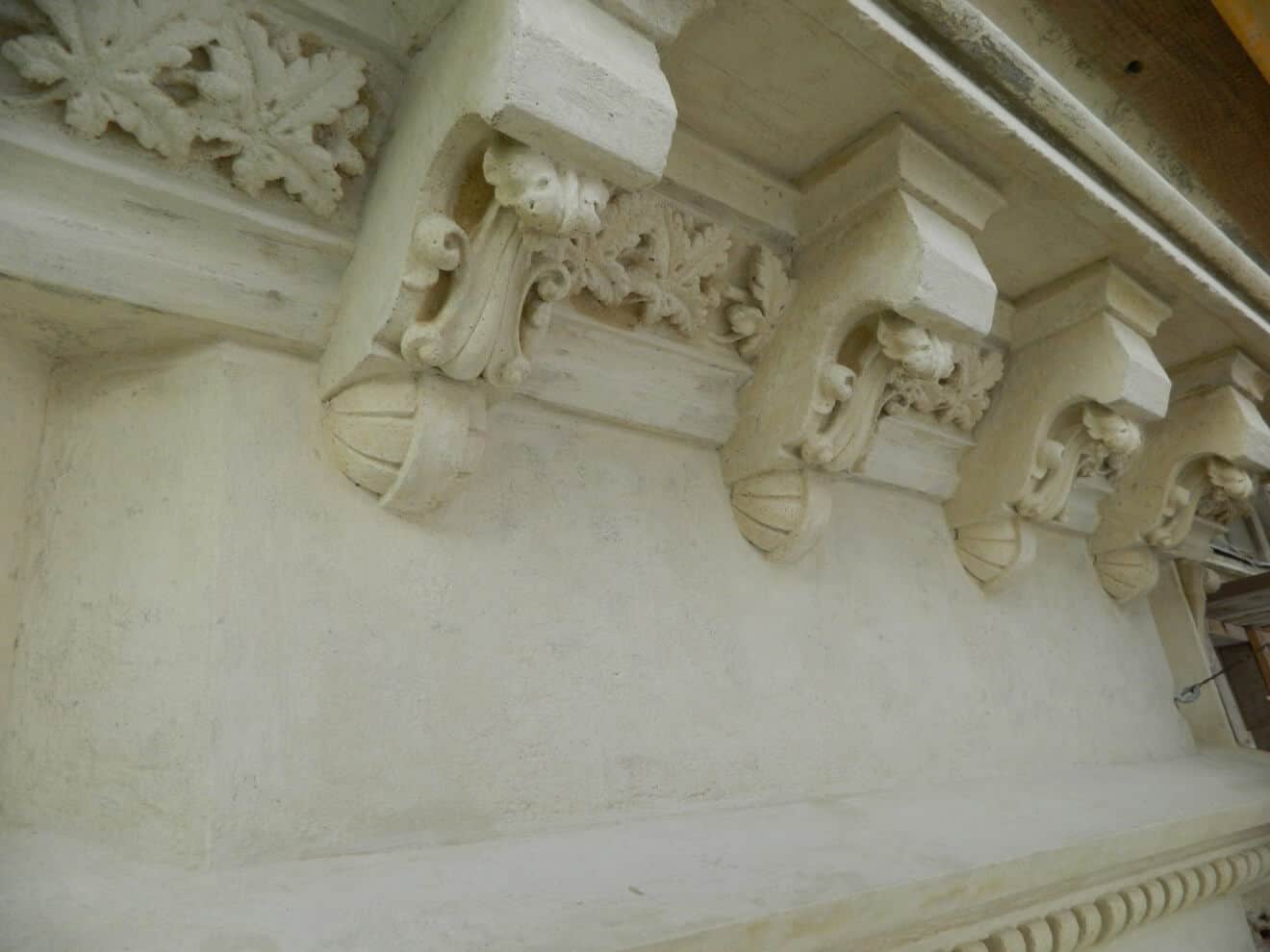Description: Restore historical building in Romania (135 year old)
Restoring a historical building in Romania that is 135 years old is a commendable endeavour. When it comes to sealing the building with a water-based impregnator sealant, it’s important to follow proper guidelines to ensure the preservation of the structure while maintaining its historical integrity. Here’s a general outline of the process we carried out:
- Assessment and Planning:
- Conduct a thorough assessment of the building’s current condition, identifying areas that require restoration and sealing.
- Consult with architectural and historical preservation experts to understand the appropriate methods and materials for the specific building type and style.
- Cleaning and Preparation:
- Clean the building’s exterior surfaces using gentle methods such as low-pressure water washing, avoiding harsh chemicals that may damage the structure.
- Remove any loose or damaged materials, such as peeling paint or crumbling mortar, and repair them as necessary.
- Repair and Restoration:
- Engage professional craftsmen who specialise in historical restoration to repair and restore the building’s original features, such as ornamental details, windows and doors.
- Use traditional building materials and techniques to ensure authenticity and compatibility with the original construction.
- Sealing with Water-Based Impregnator Sealant:
- Choose a high-quality, water-based impregnator sealant specifically designed for historical buildings.
- Ensure that the sealant is compatible with the building materials (e.g., brick, stone, wood) and does not alter the appearance or breathability of the surfaces.
- Test the sealant on a small, inconspicuous area to evaluate its effectiveness and aesthetic impact before applying it to the entire building.
- Apply the sealant following the manufacturer’s instructions, using brushes, rollers, or sprayers, depending on the product and the building’s surface.
- Maintenance and regular inspections:
- Establish a maintenance plan to regularly inspect and address any issues that may arise.
- Monitor the sealed surfaces for any signs of deterioration or water penetration, and take prompt action to prevent further damage.
- Keep records of the restoration process, including materials used, to aid future maintenance and preservation efforts.
It’s essential to note that each historical building is unique, and the restoration process may require additional considerations or specific techniques based on the building’s characteristics. Engaging professional restoration specialists with experience in historical preservation is highly recommended to ensure the best outcome.













